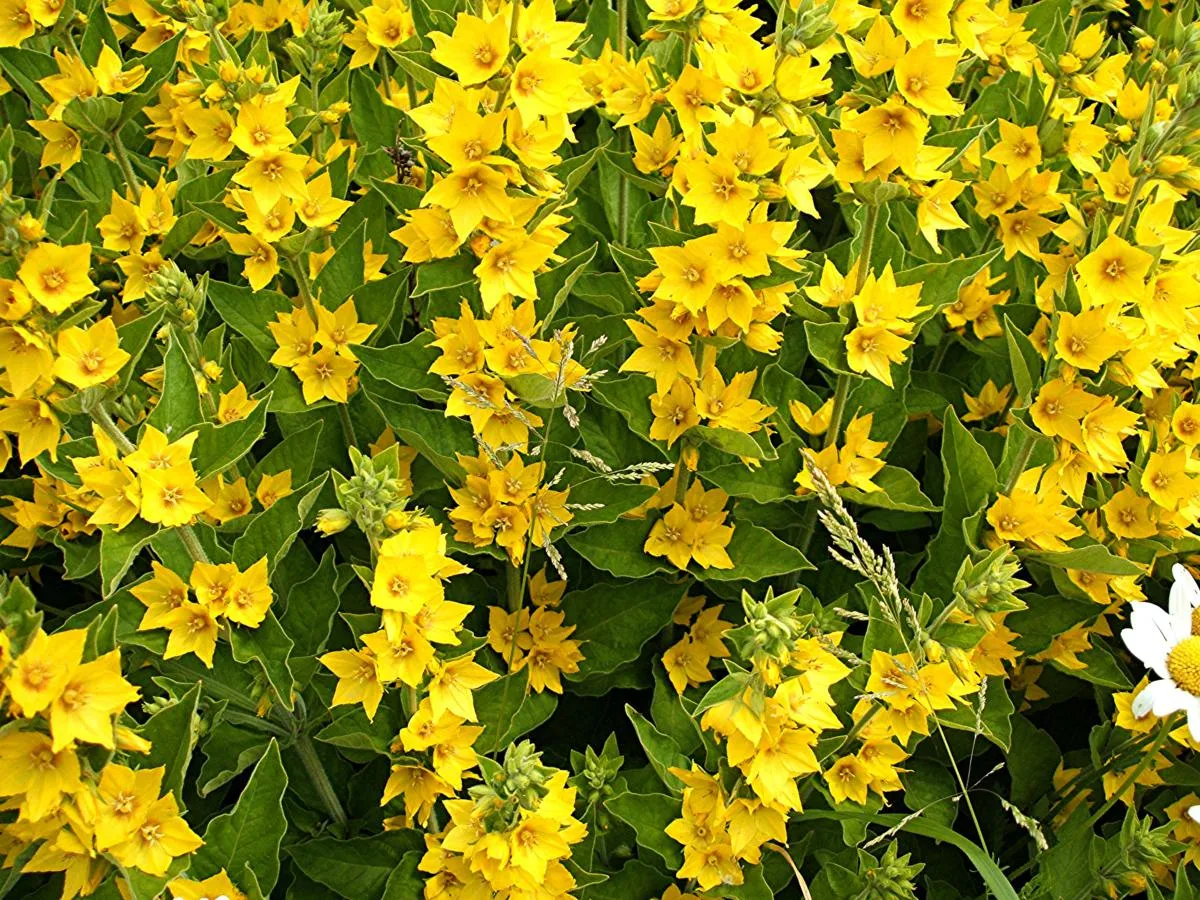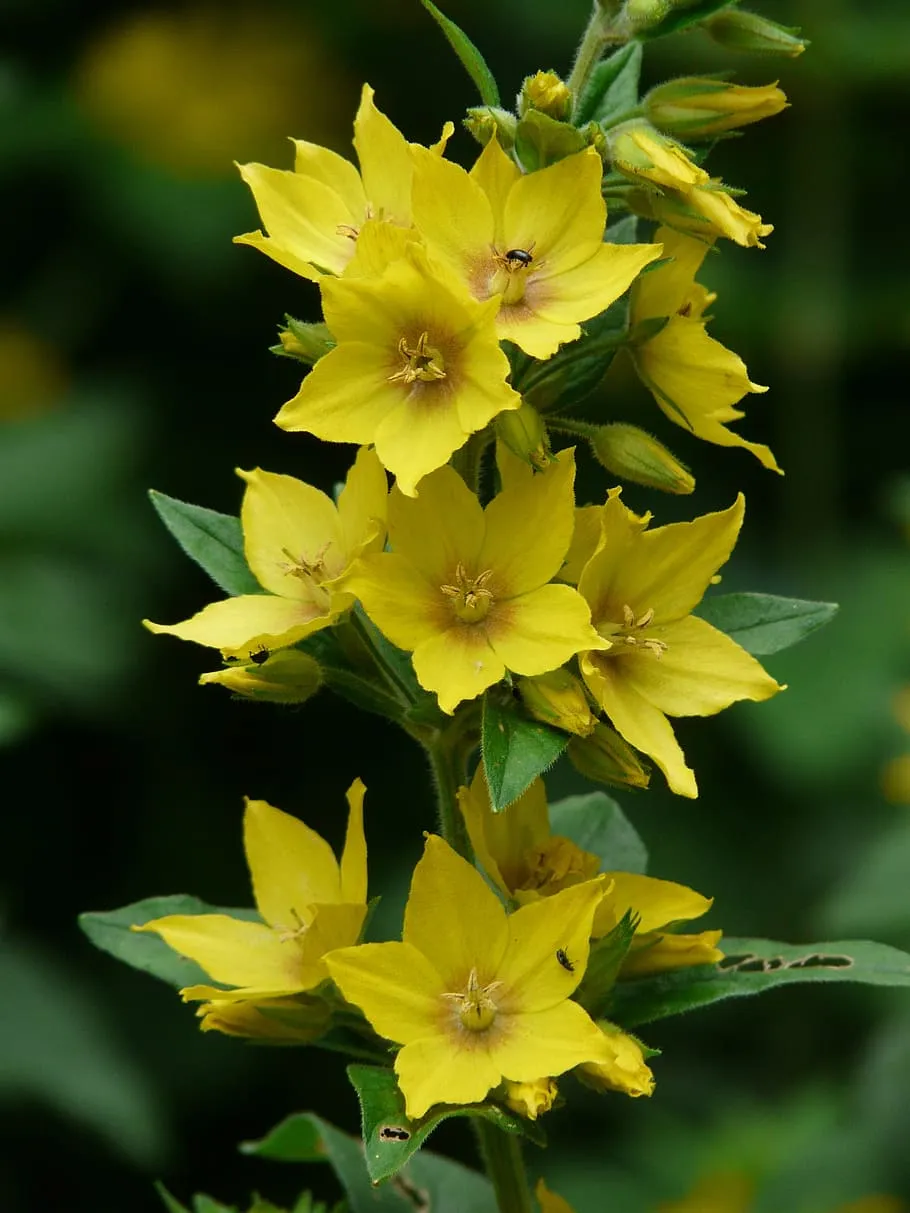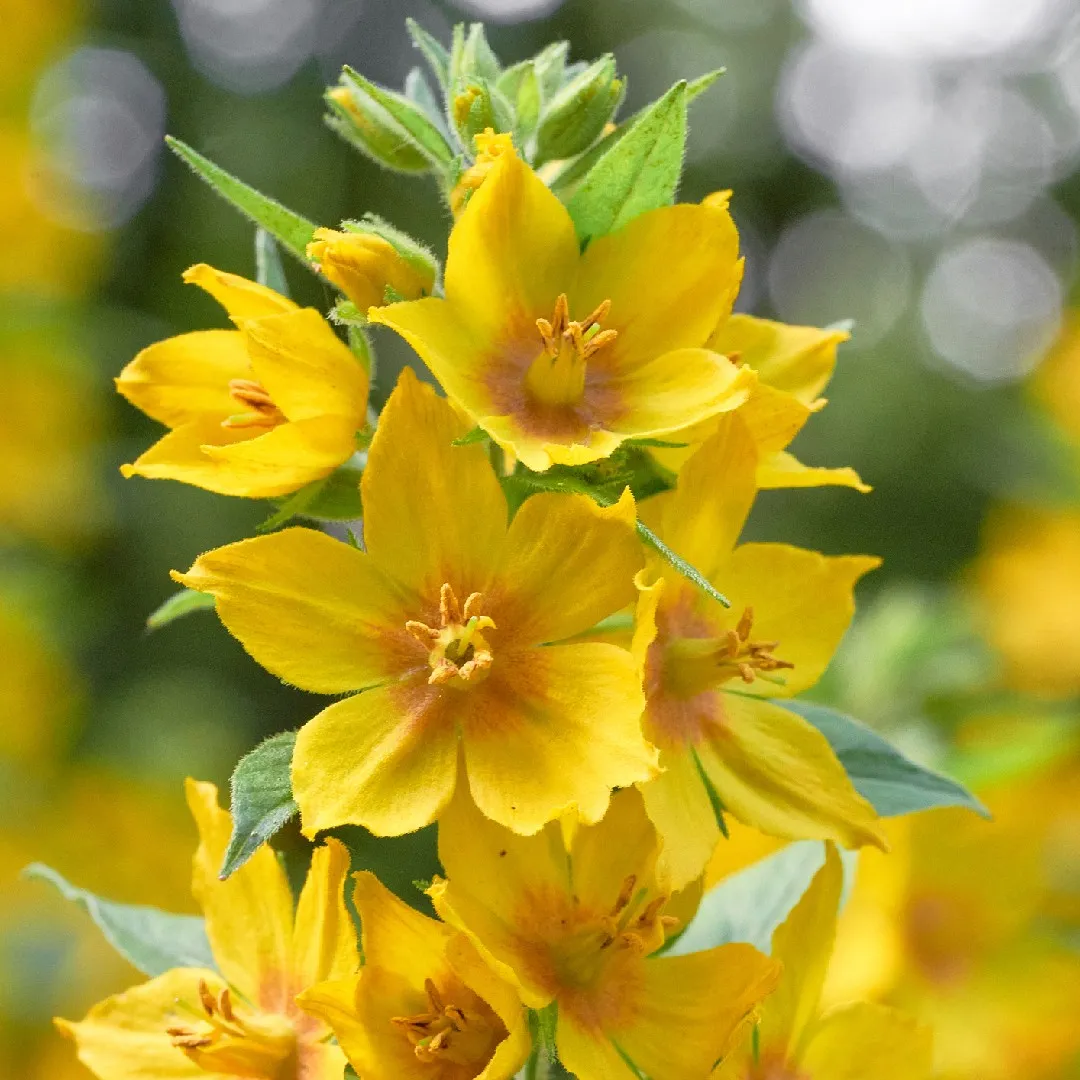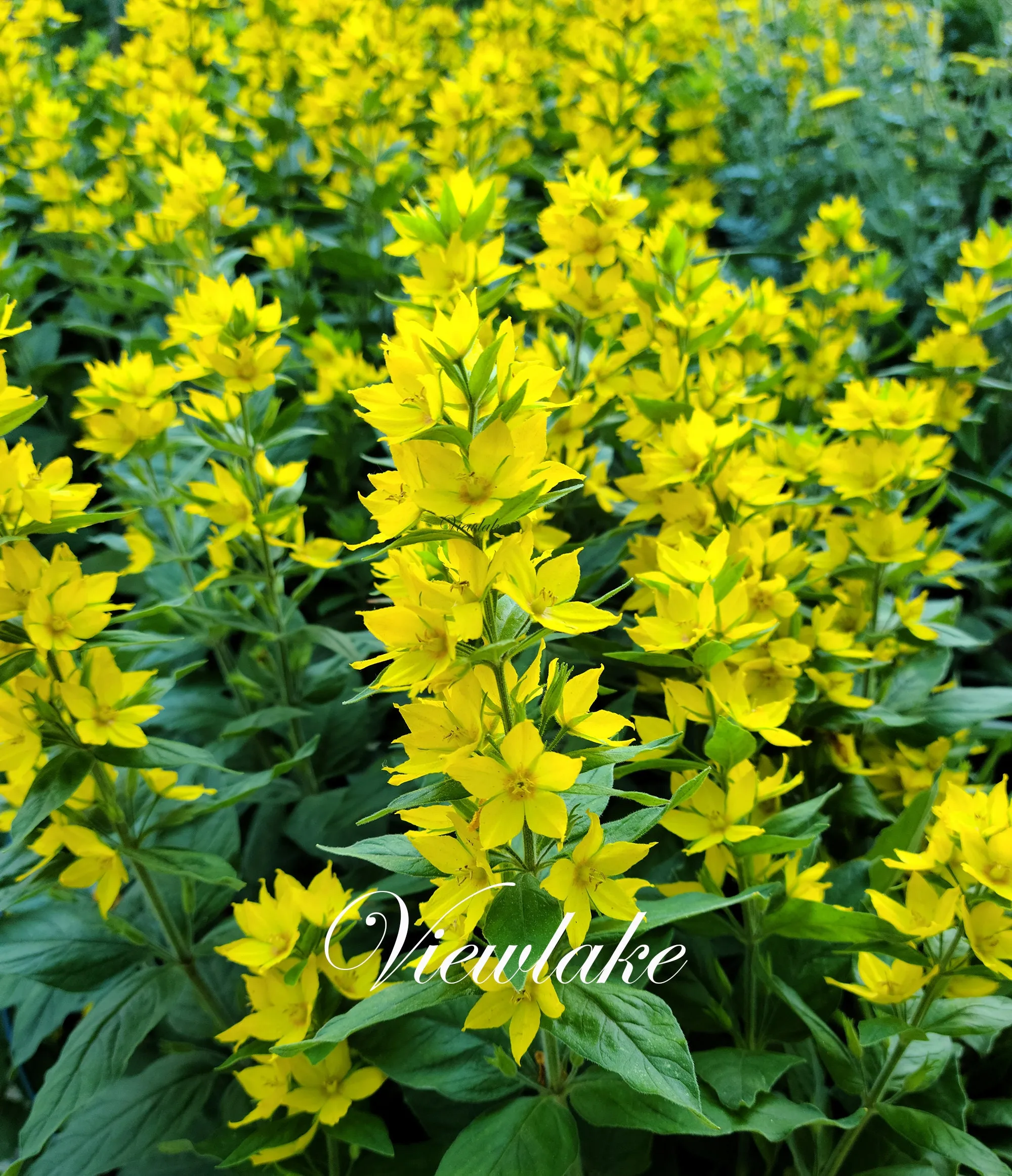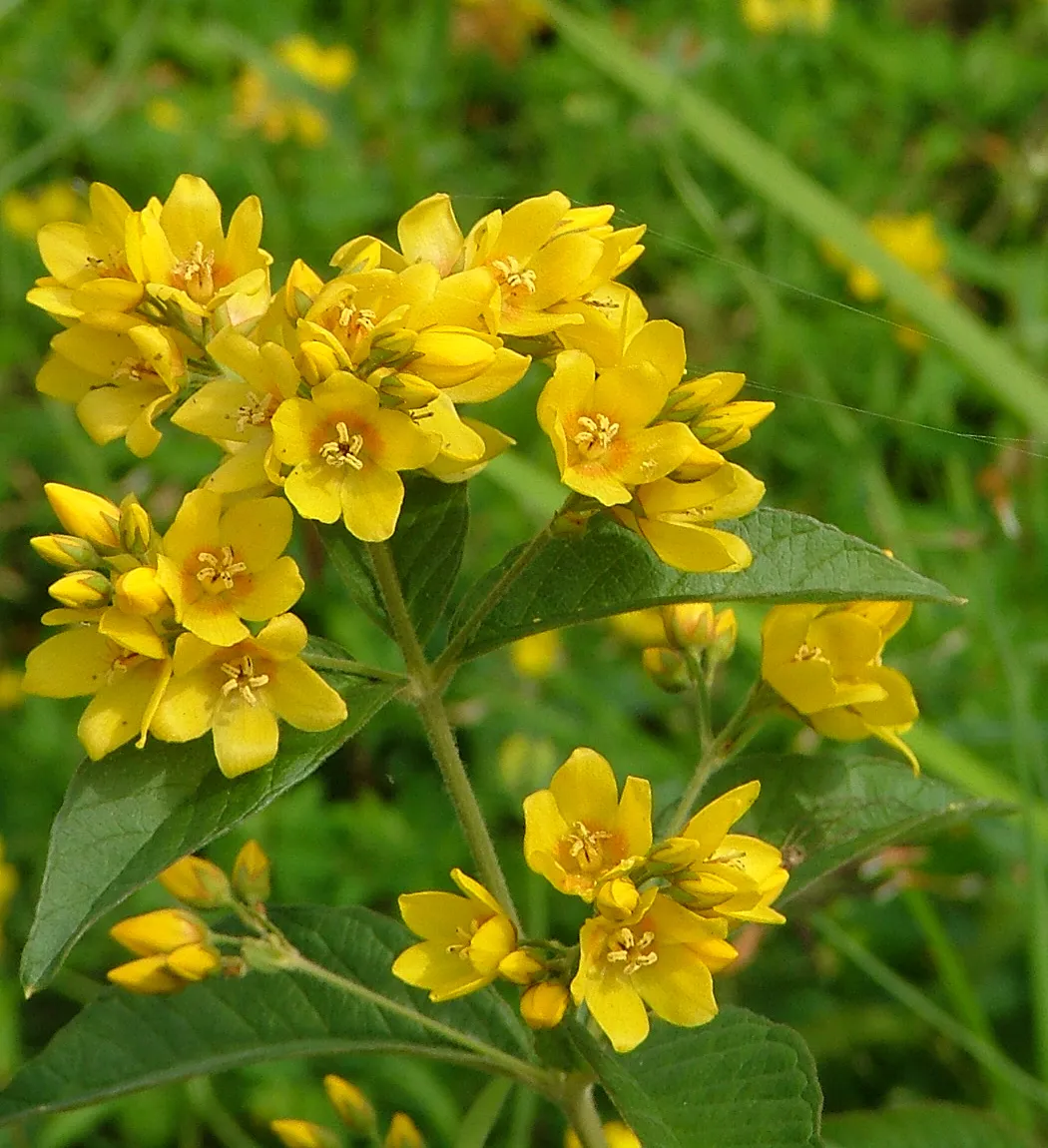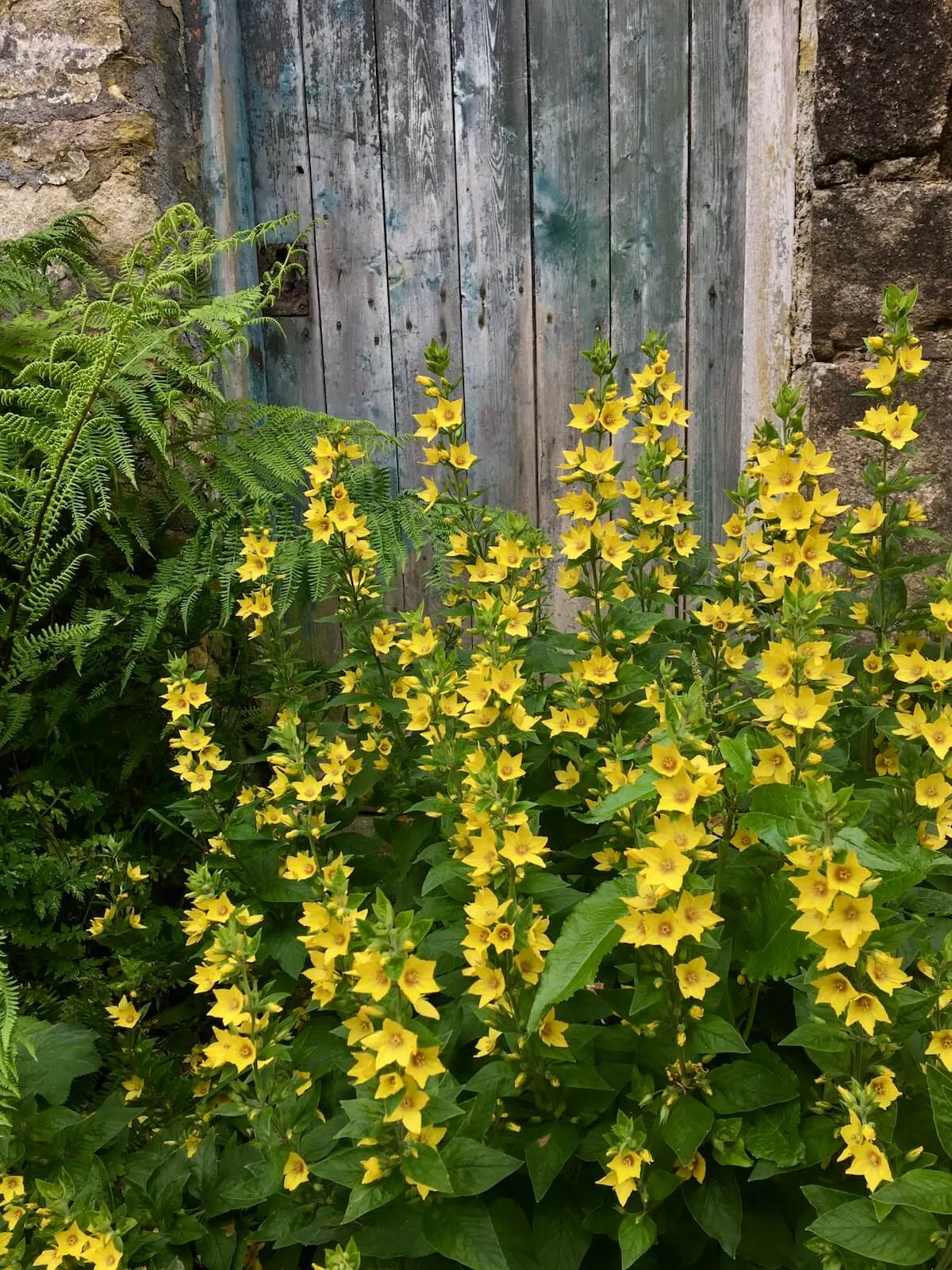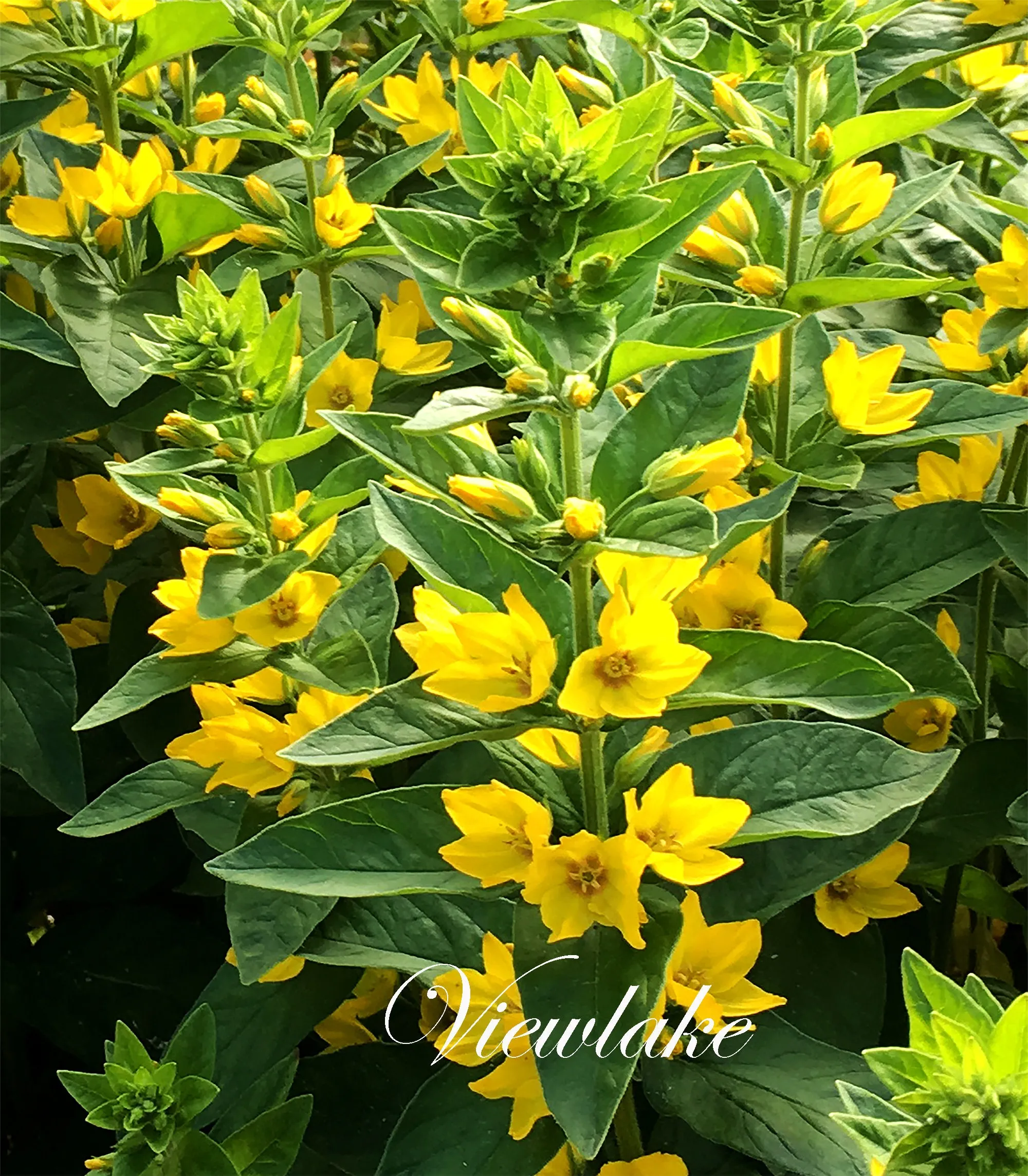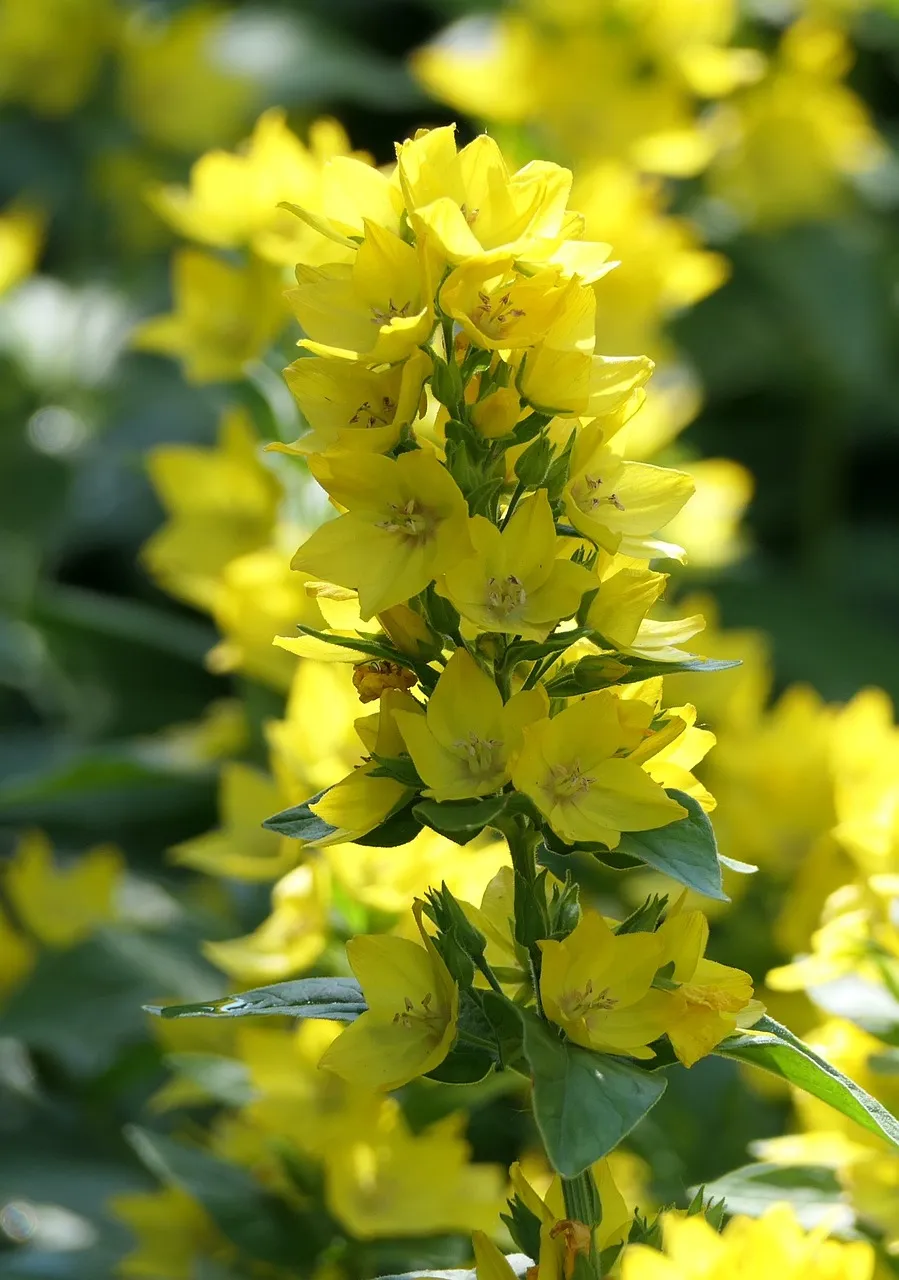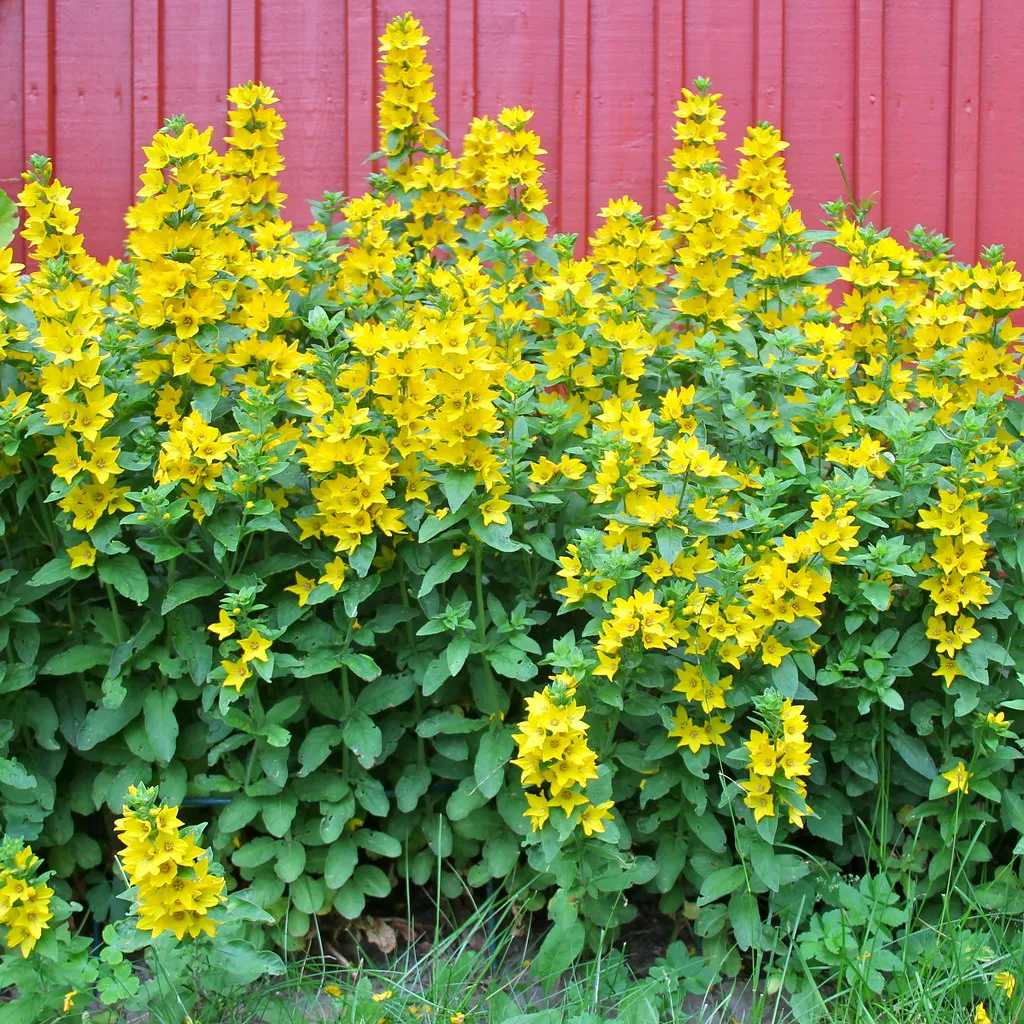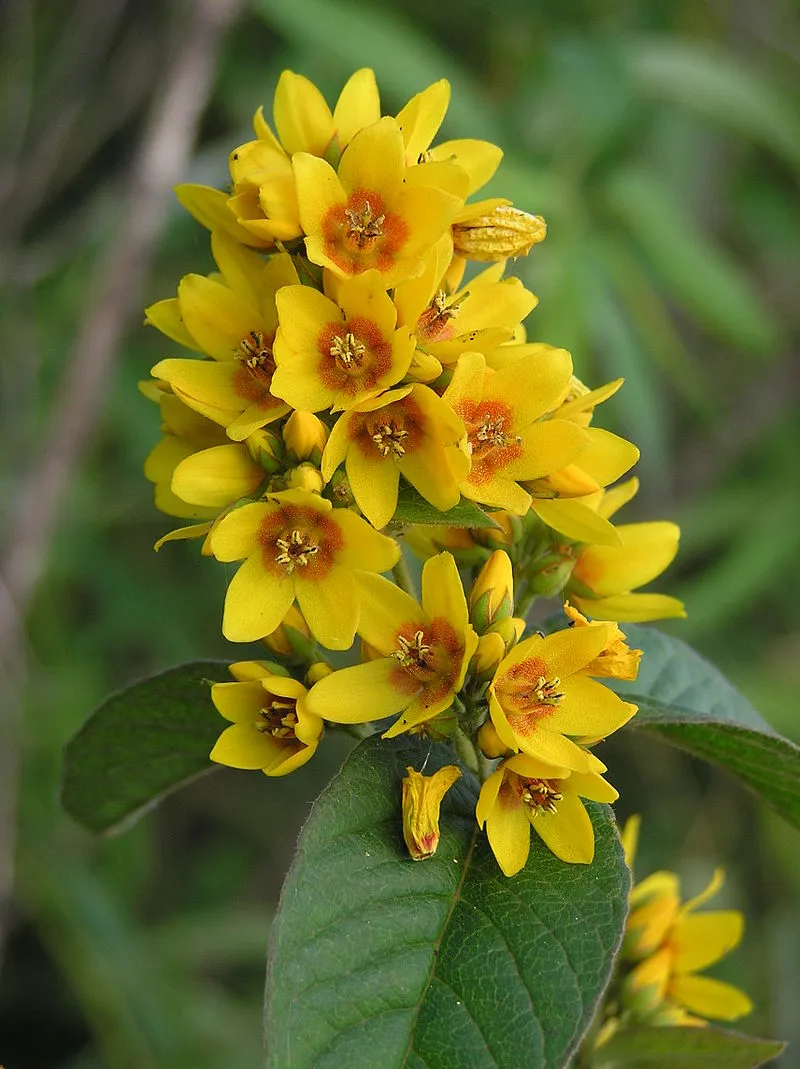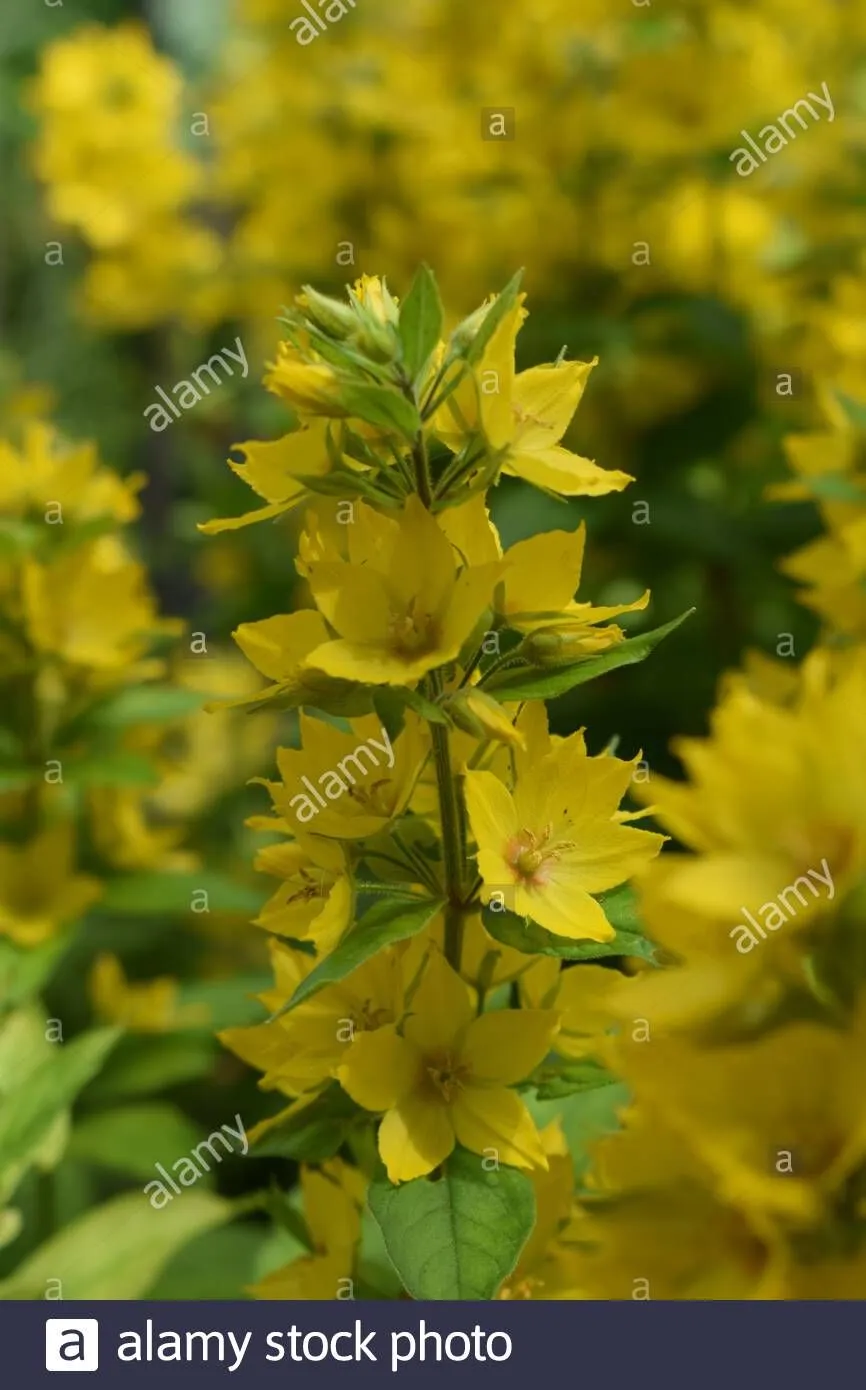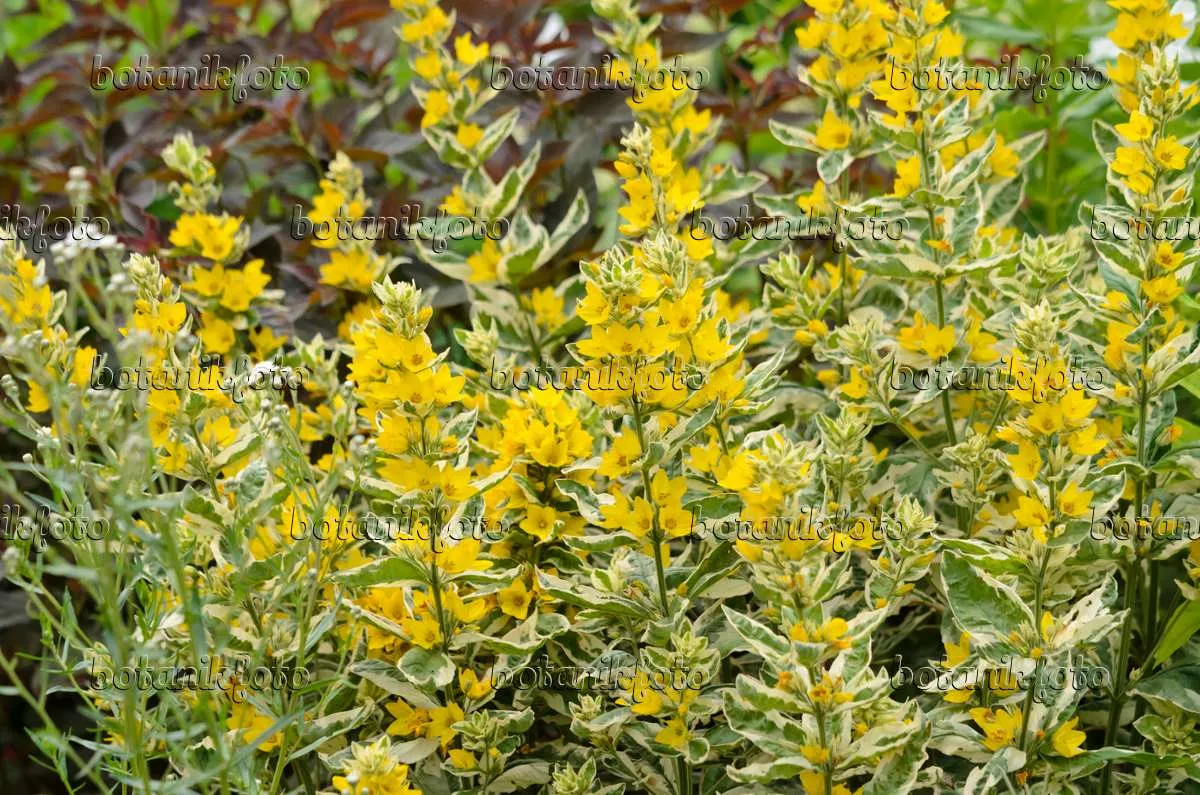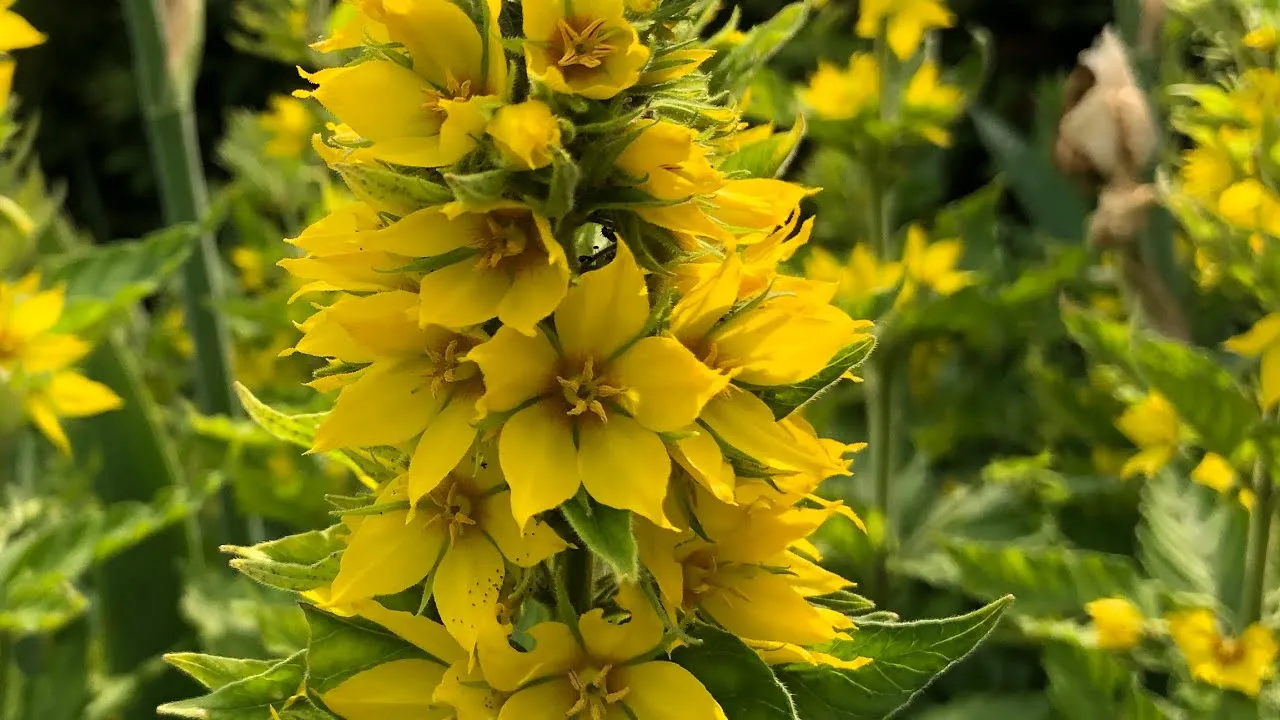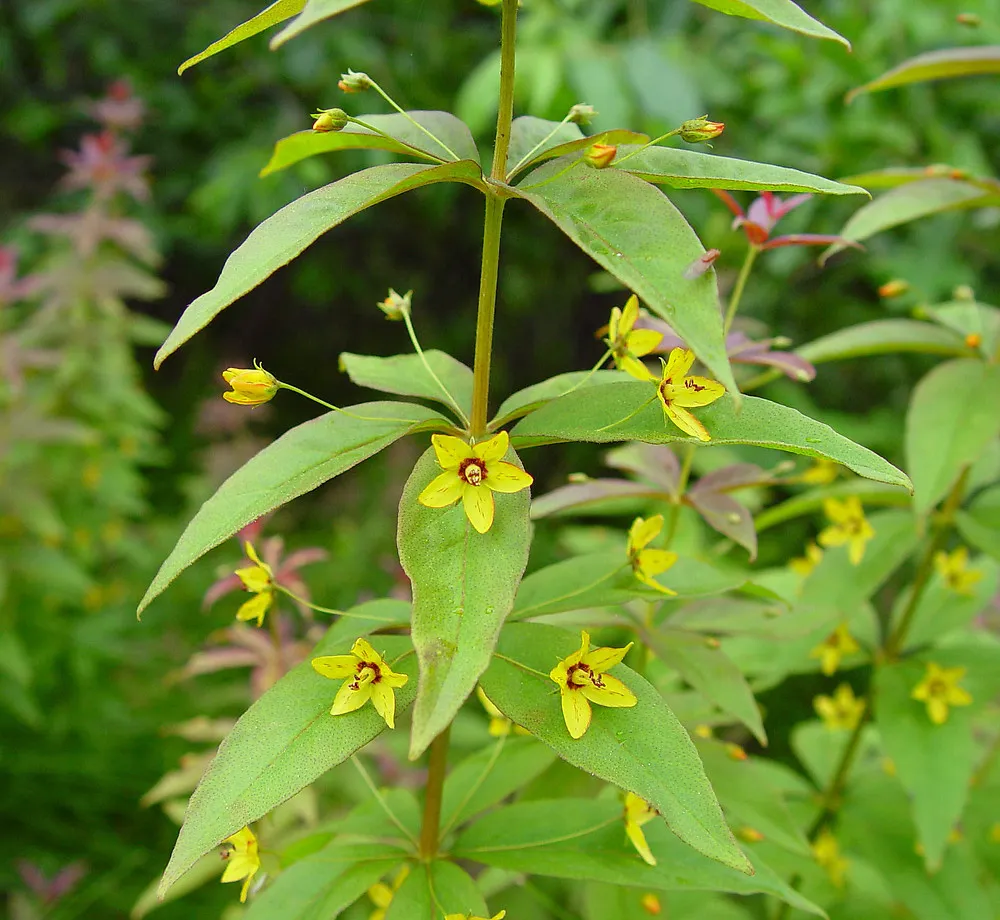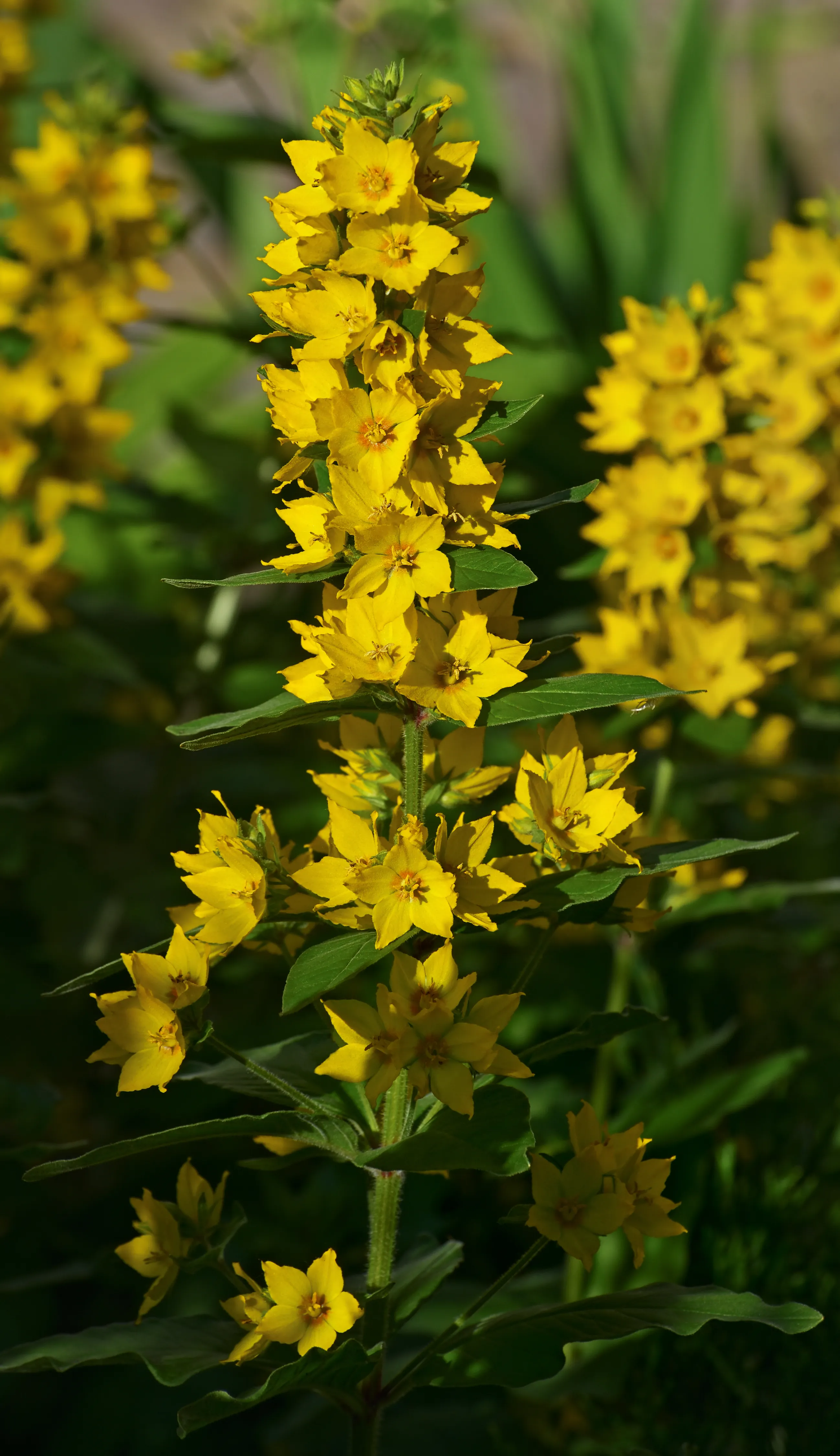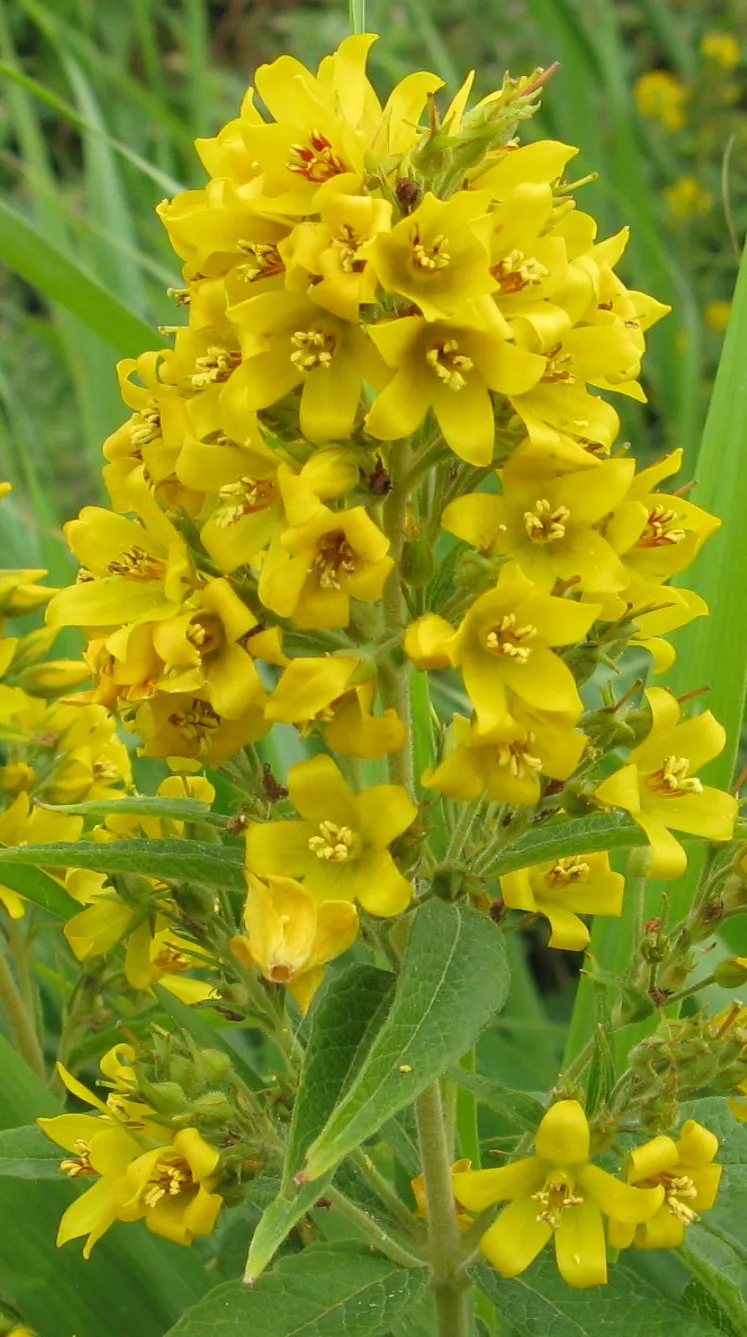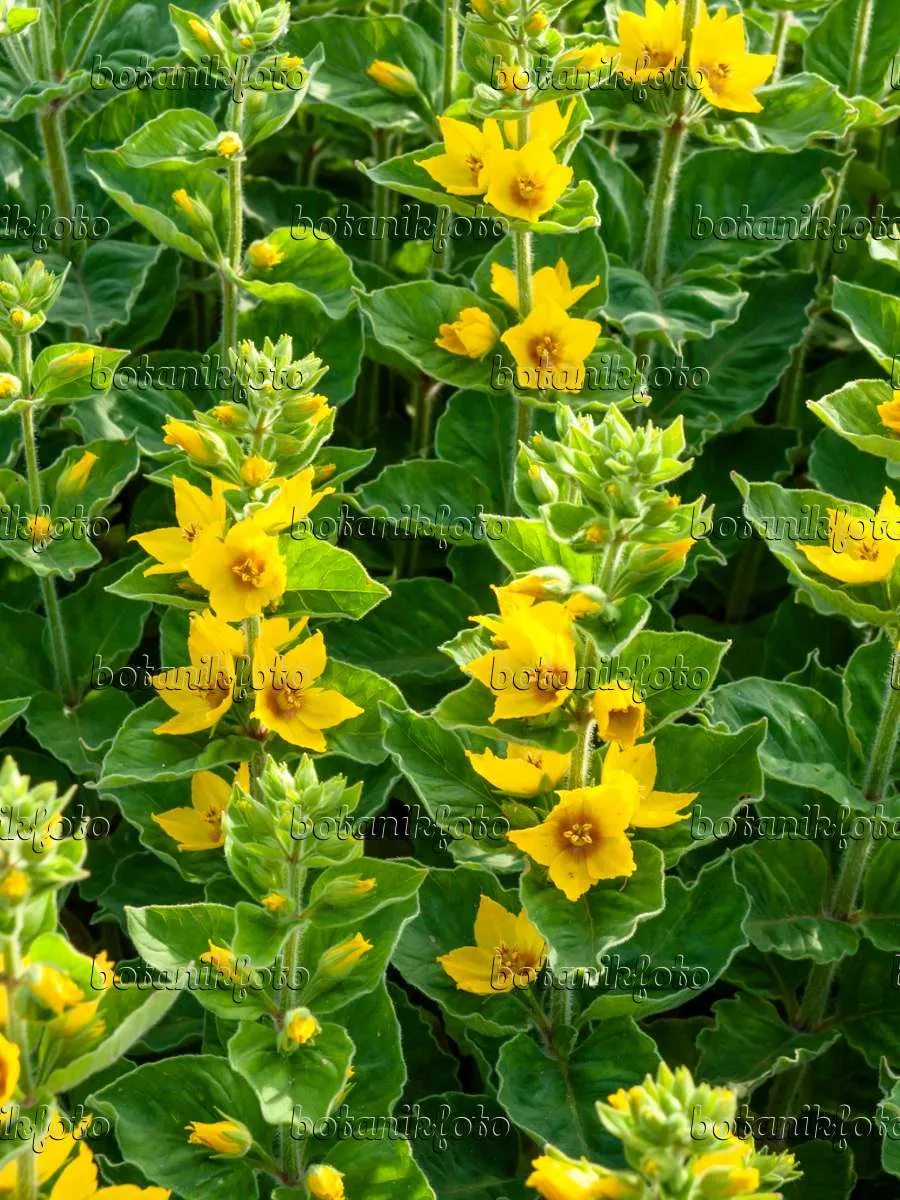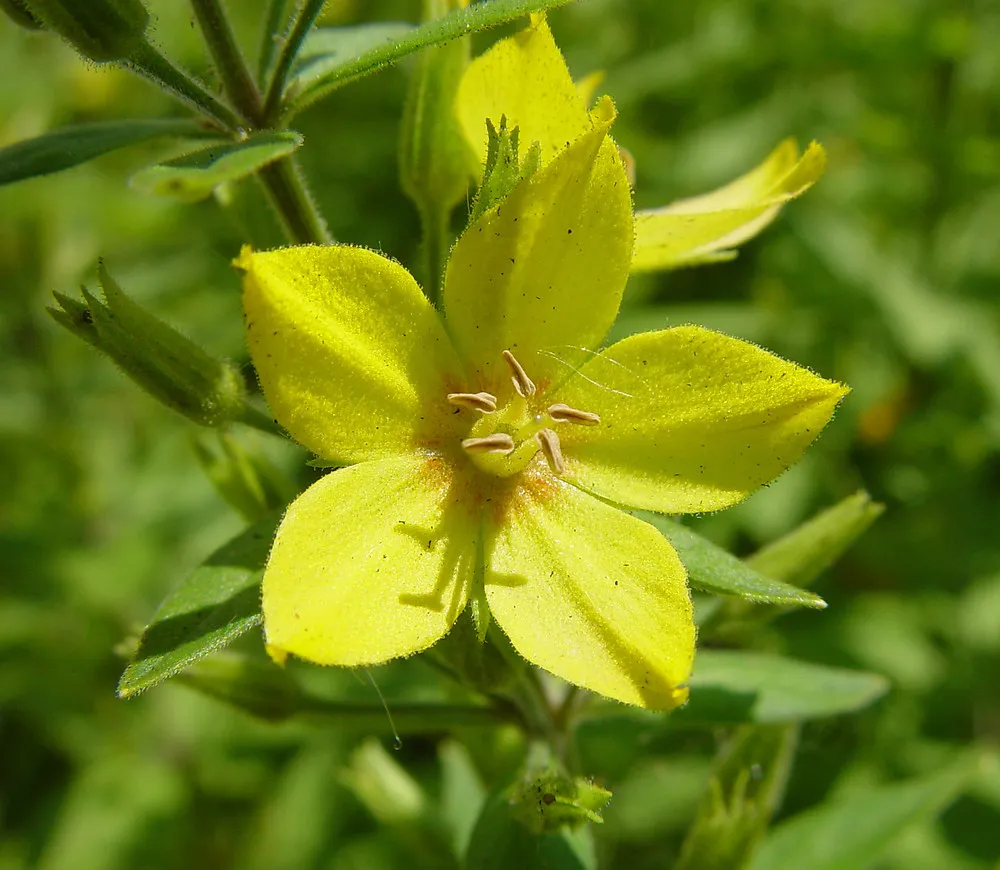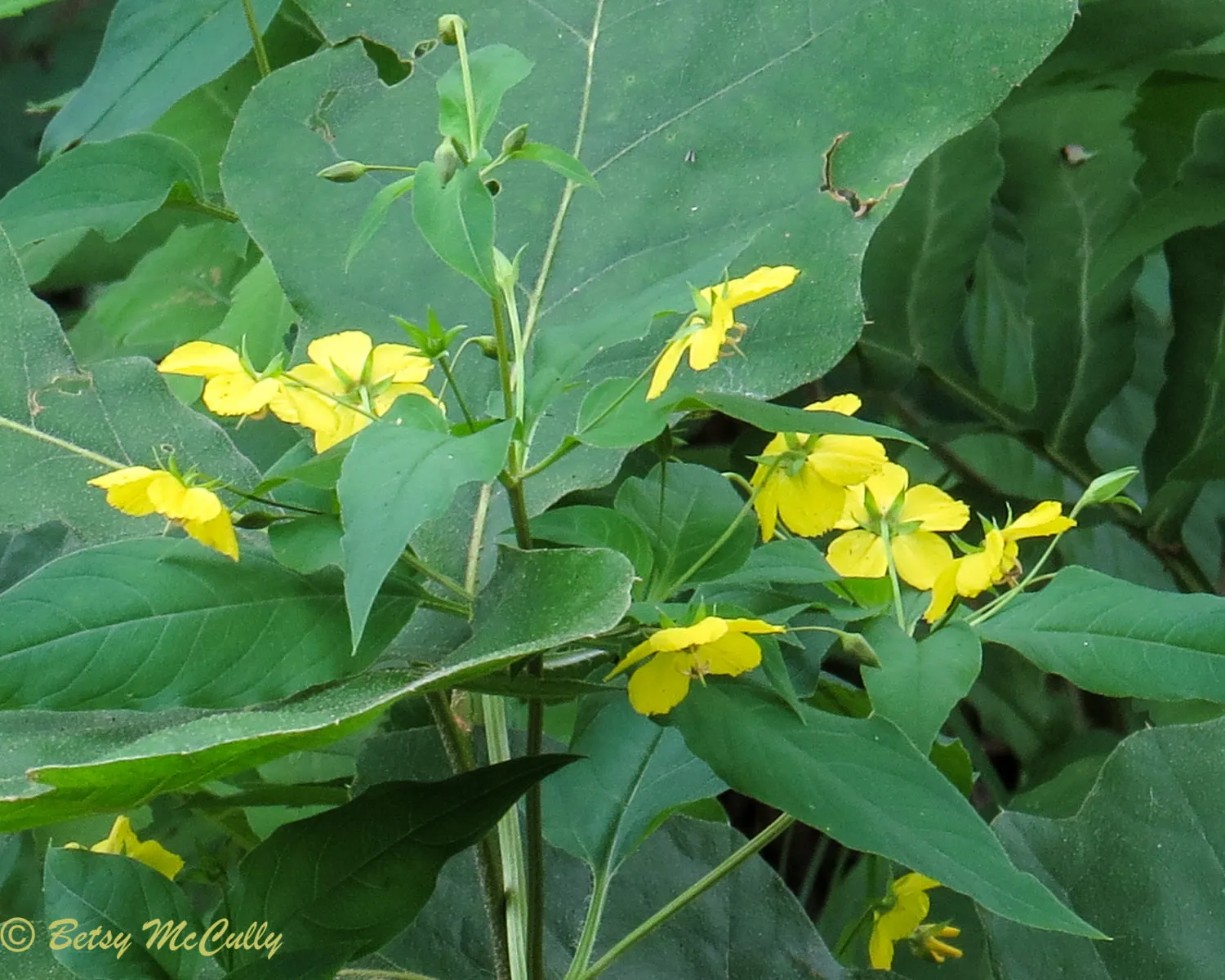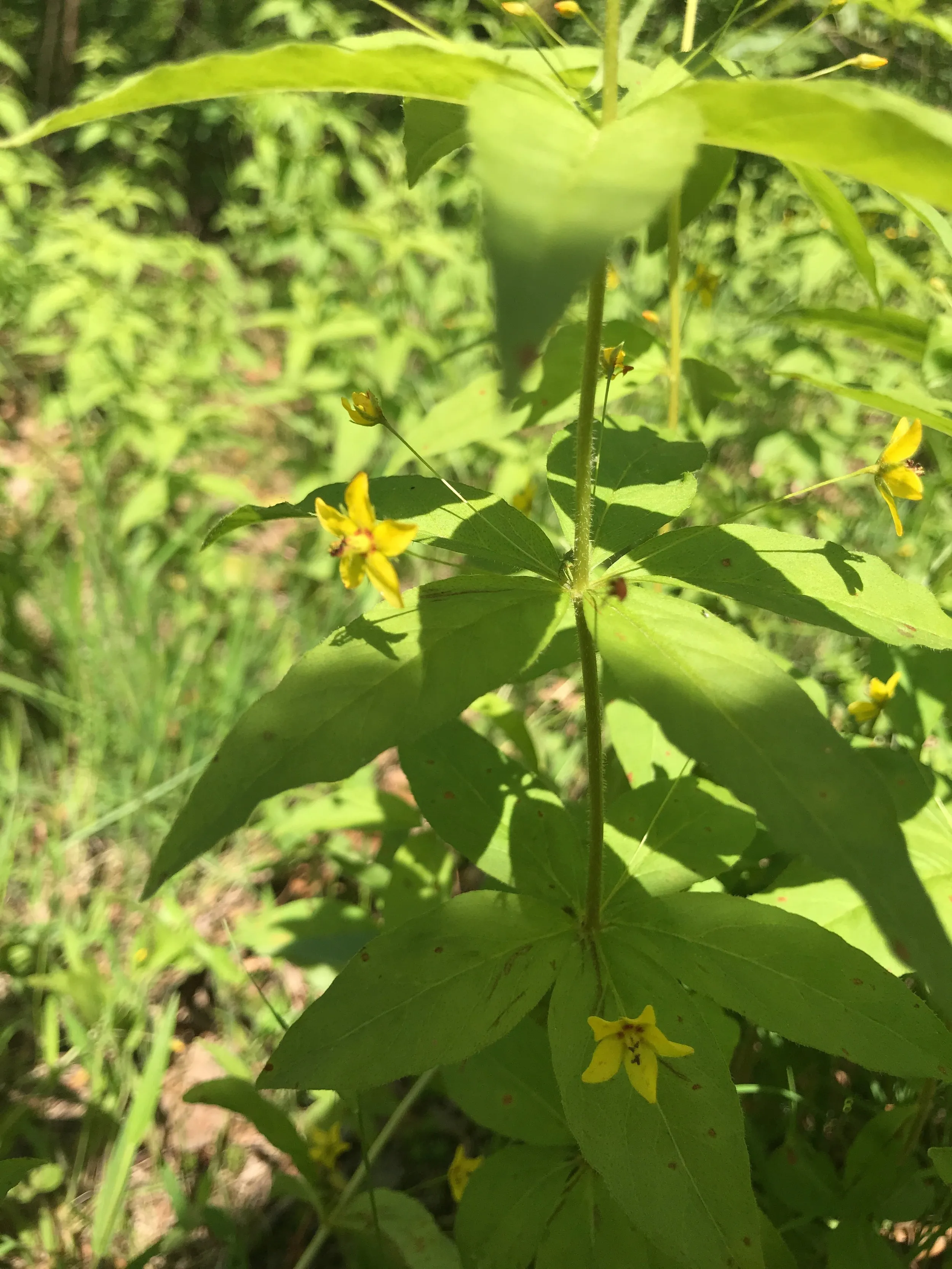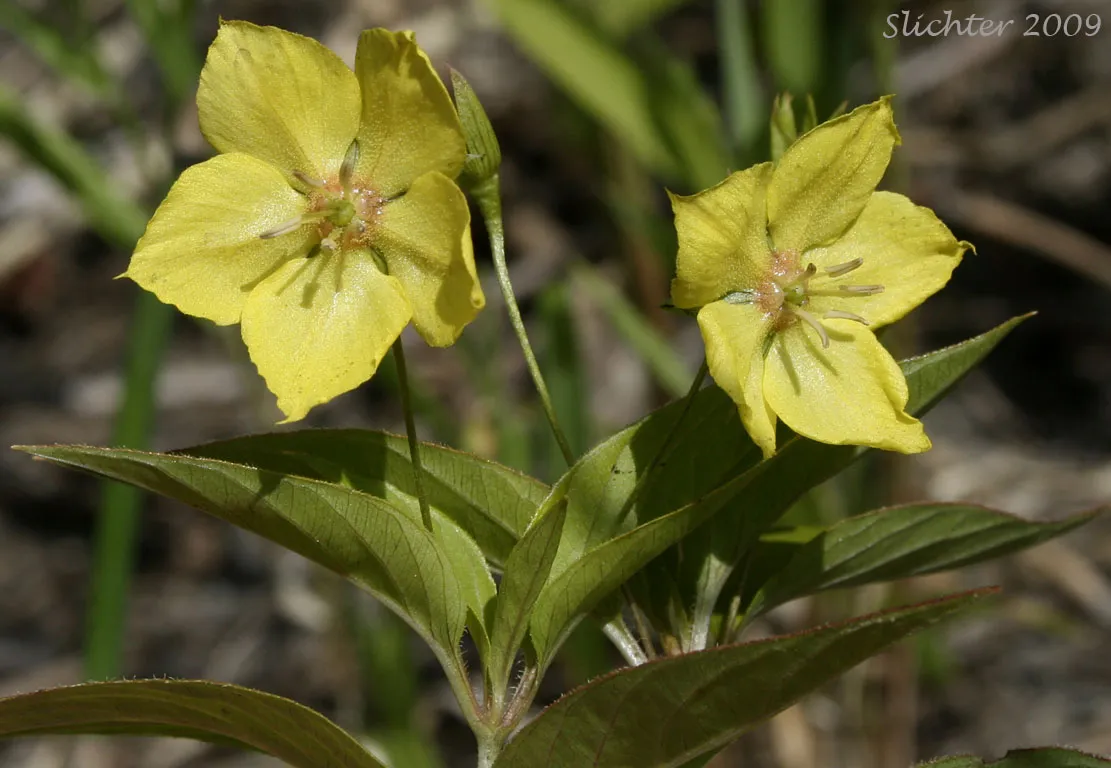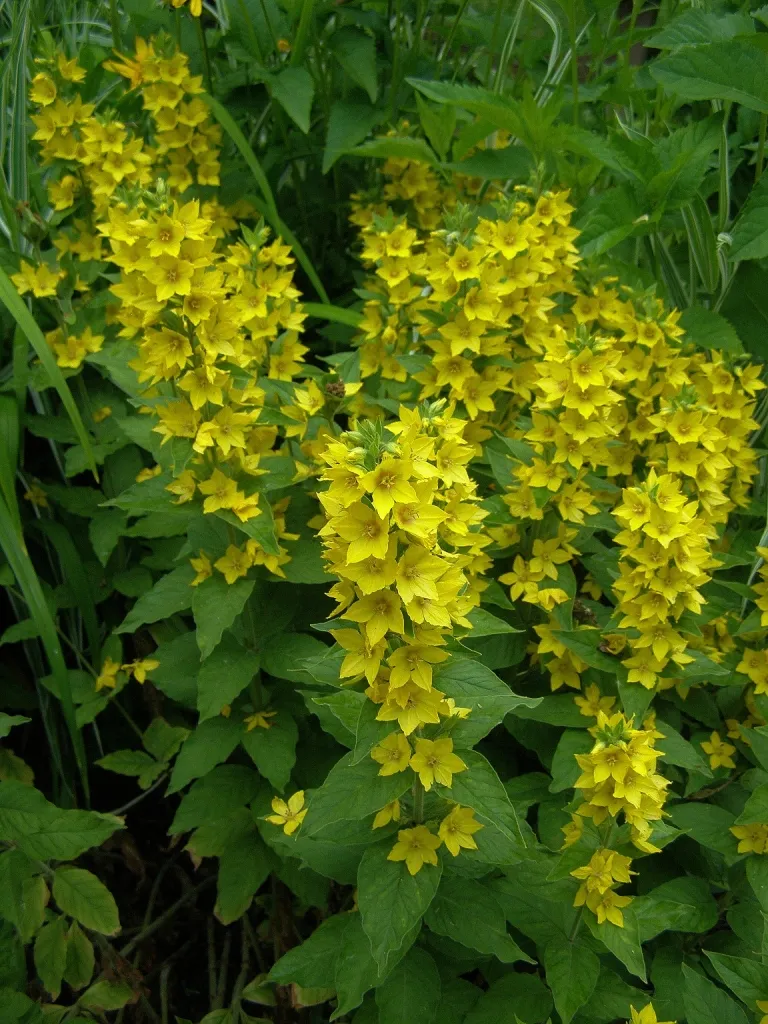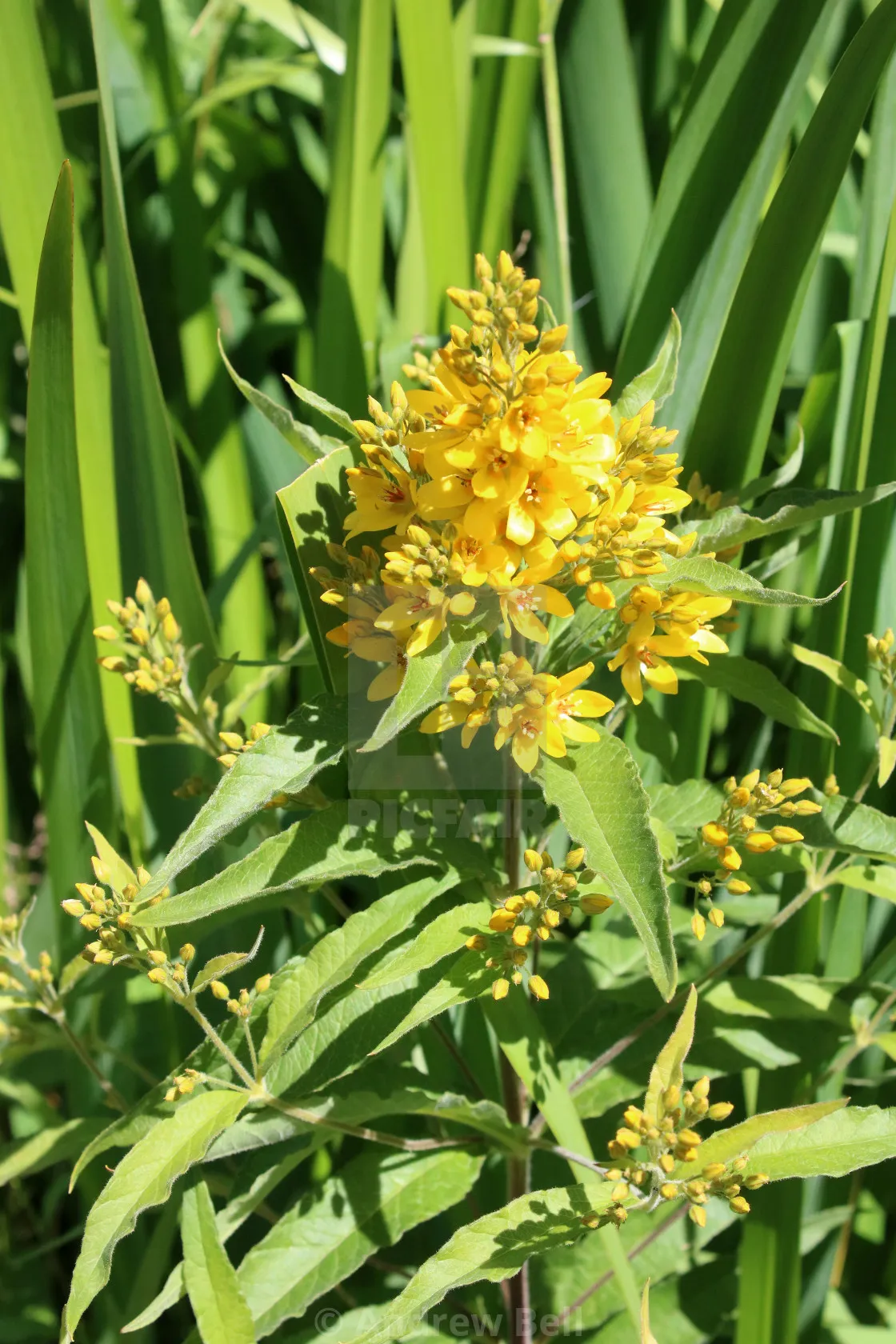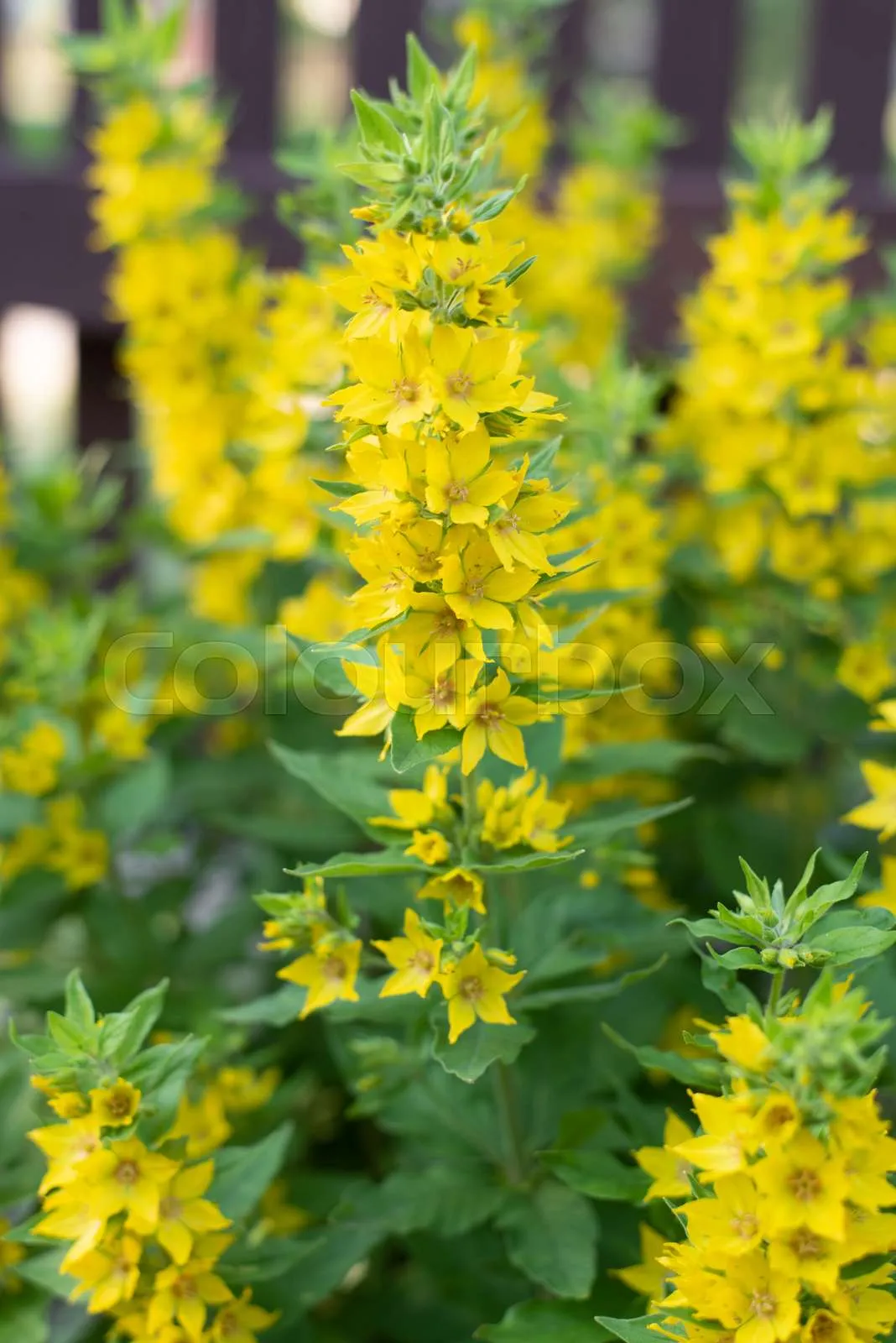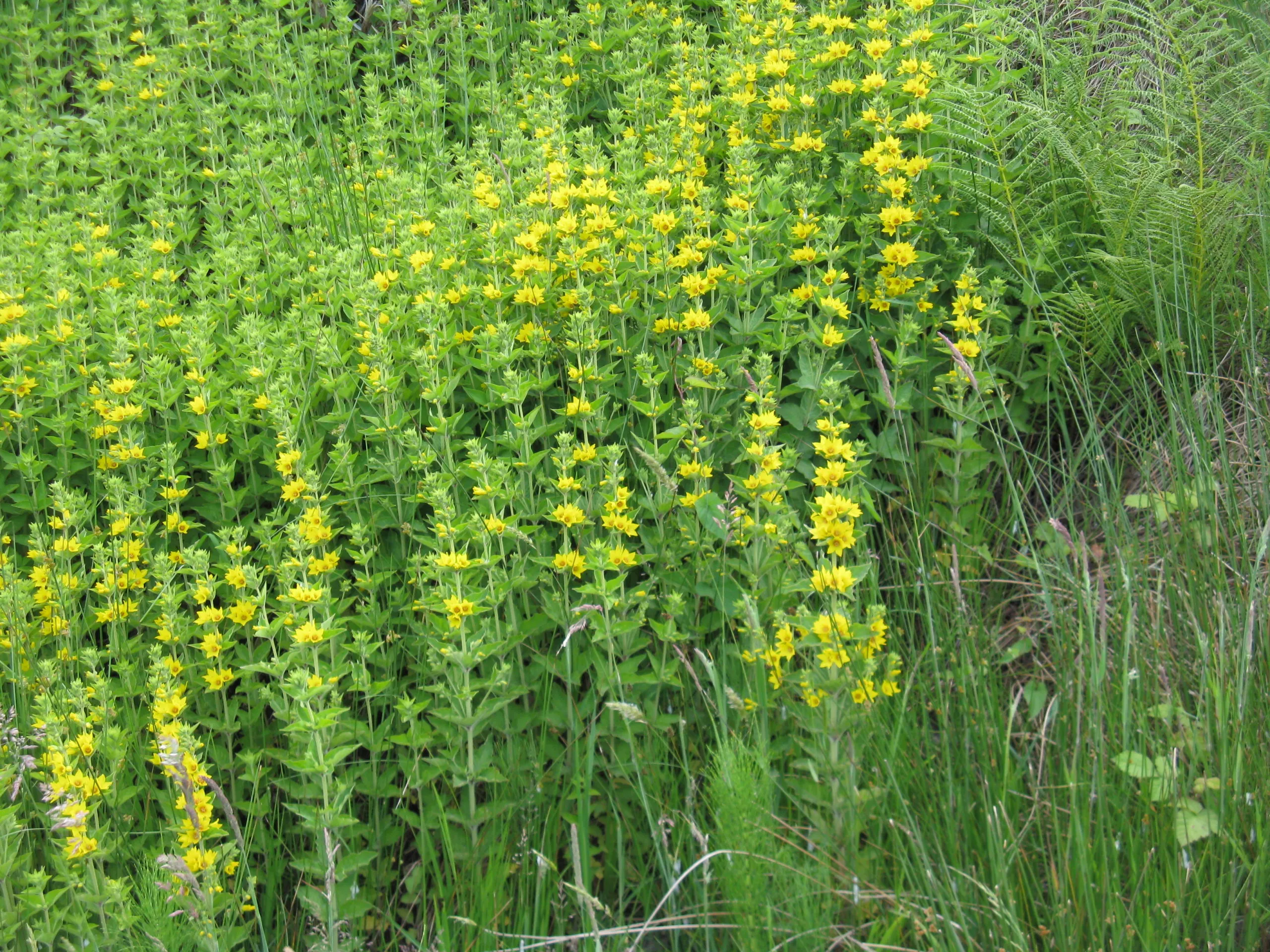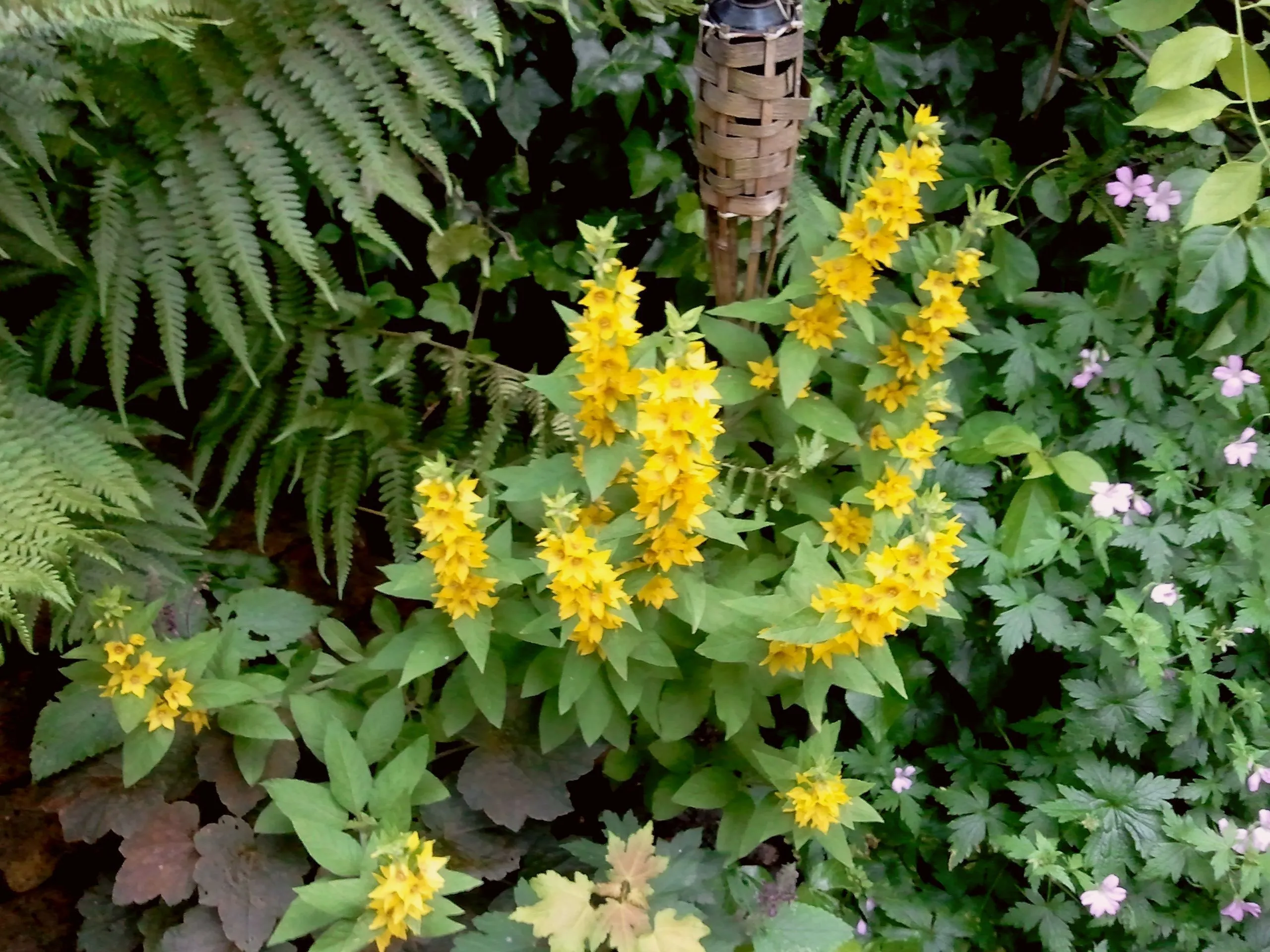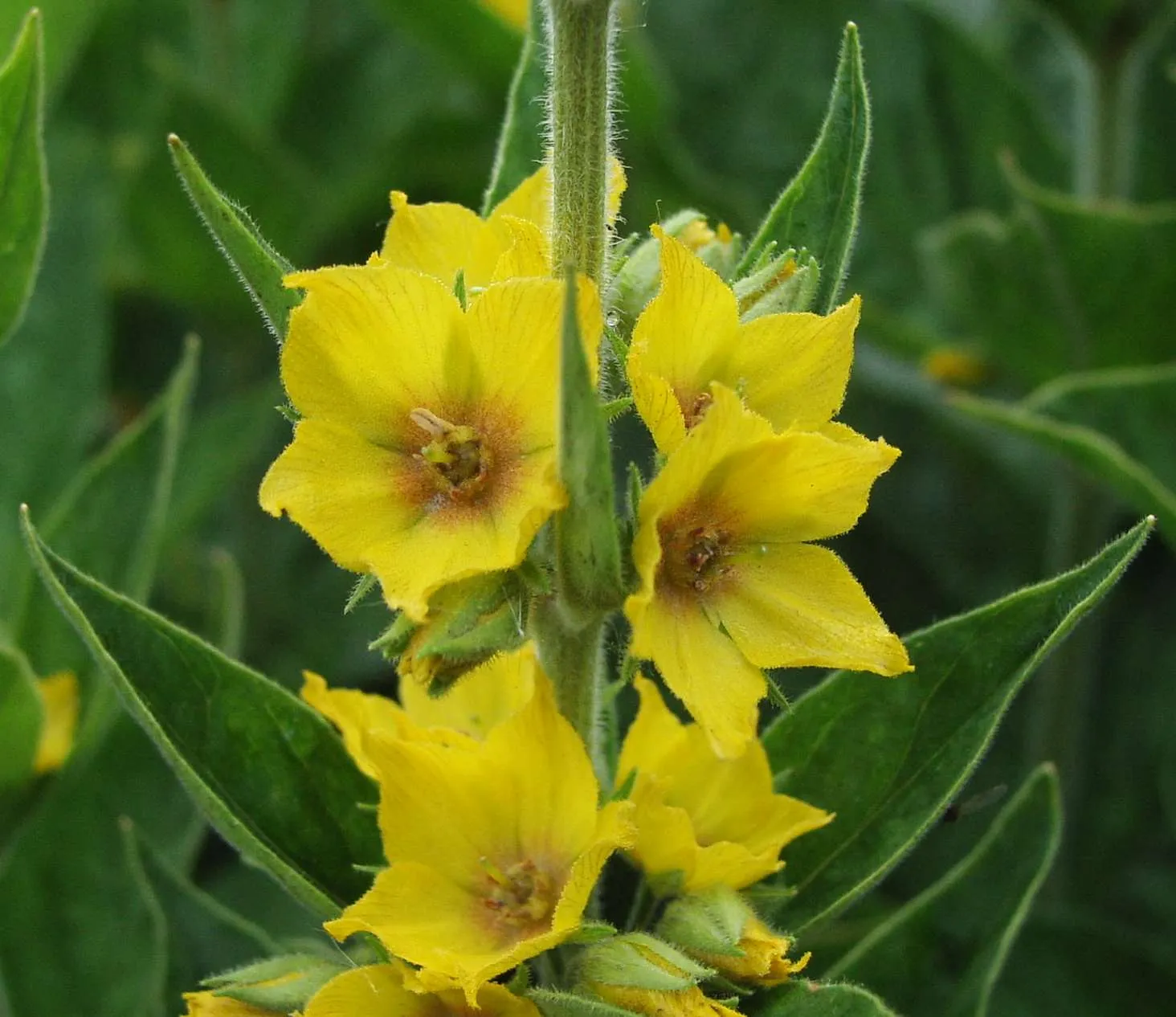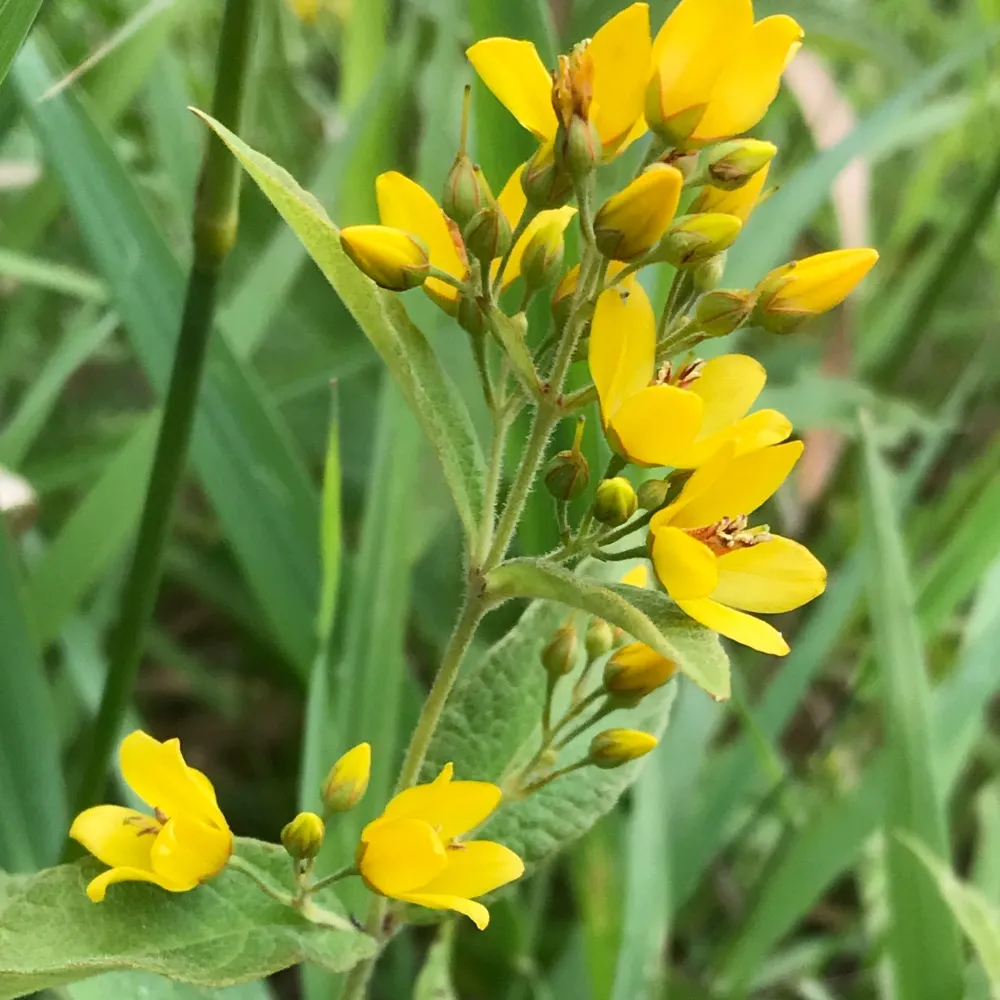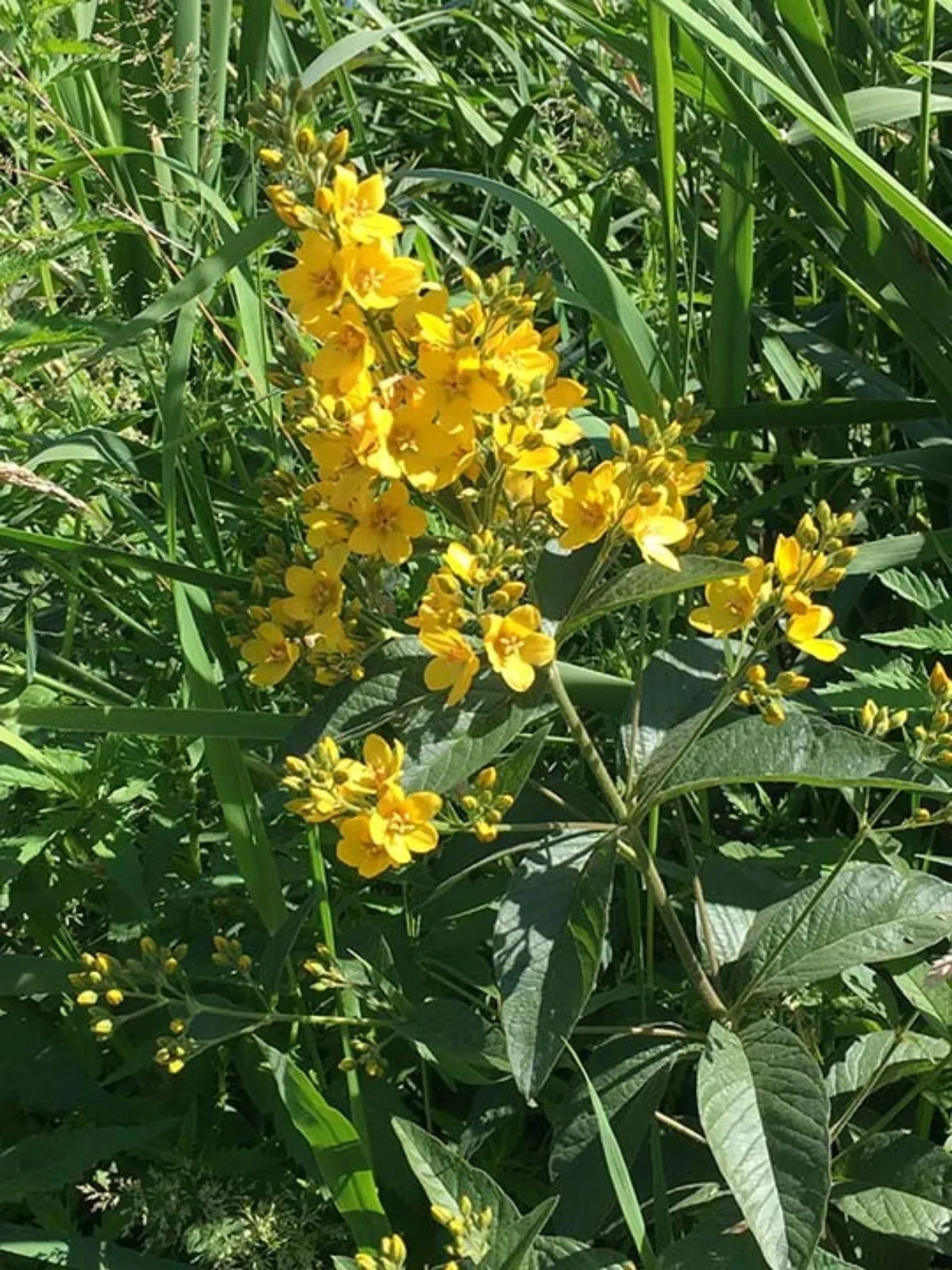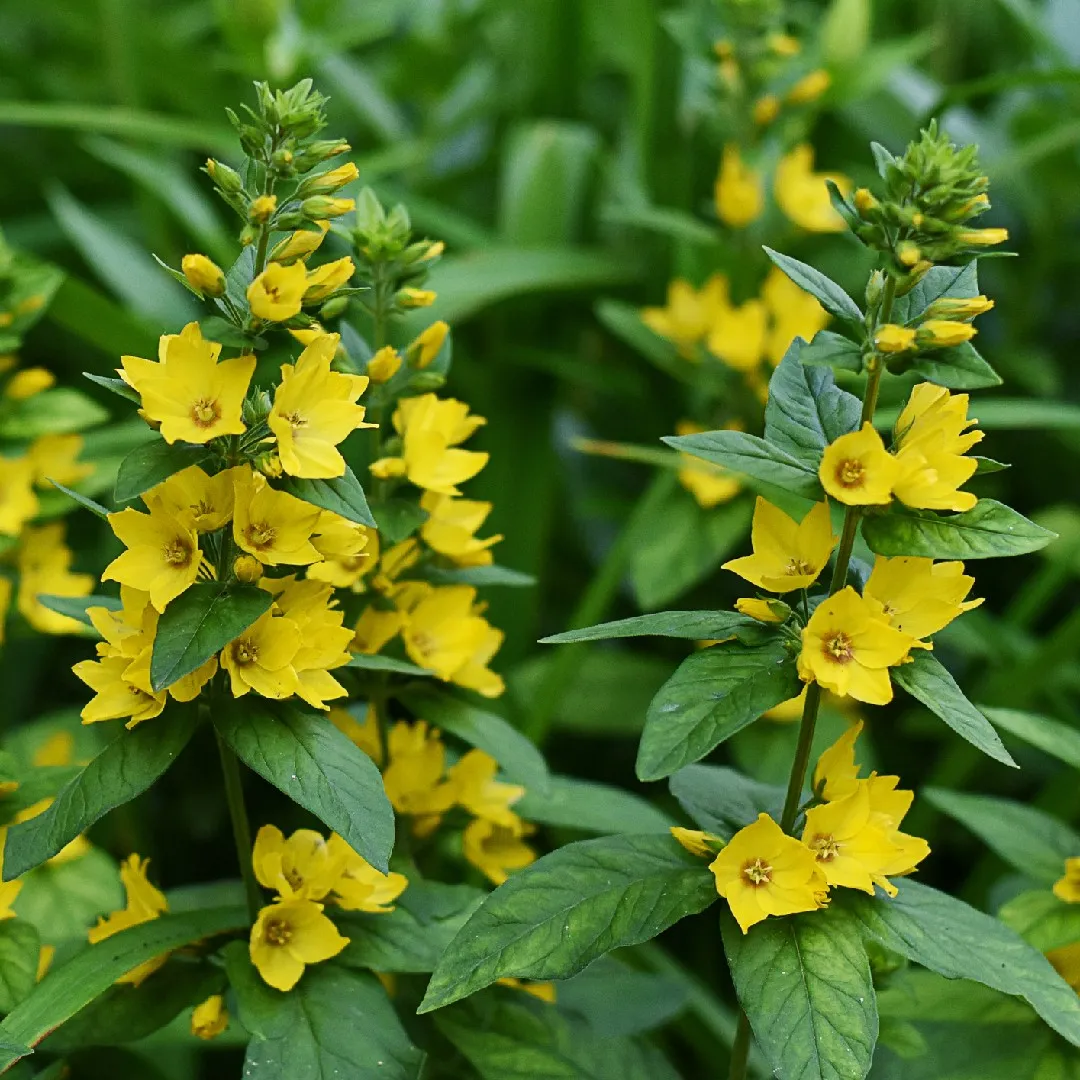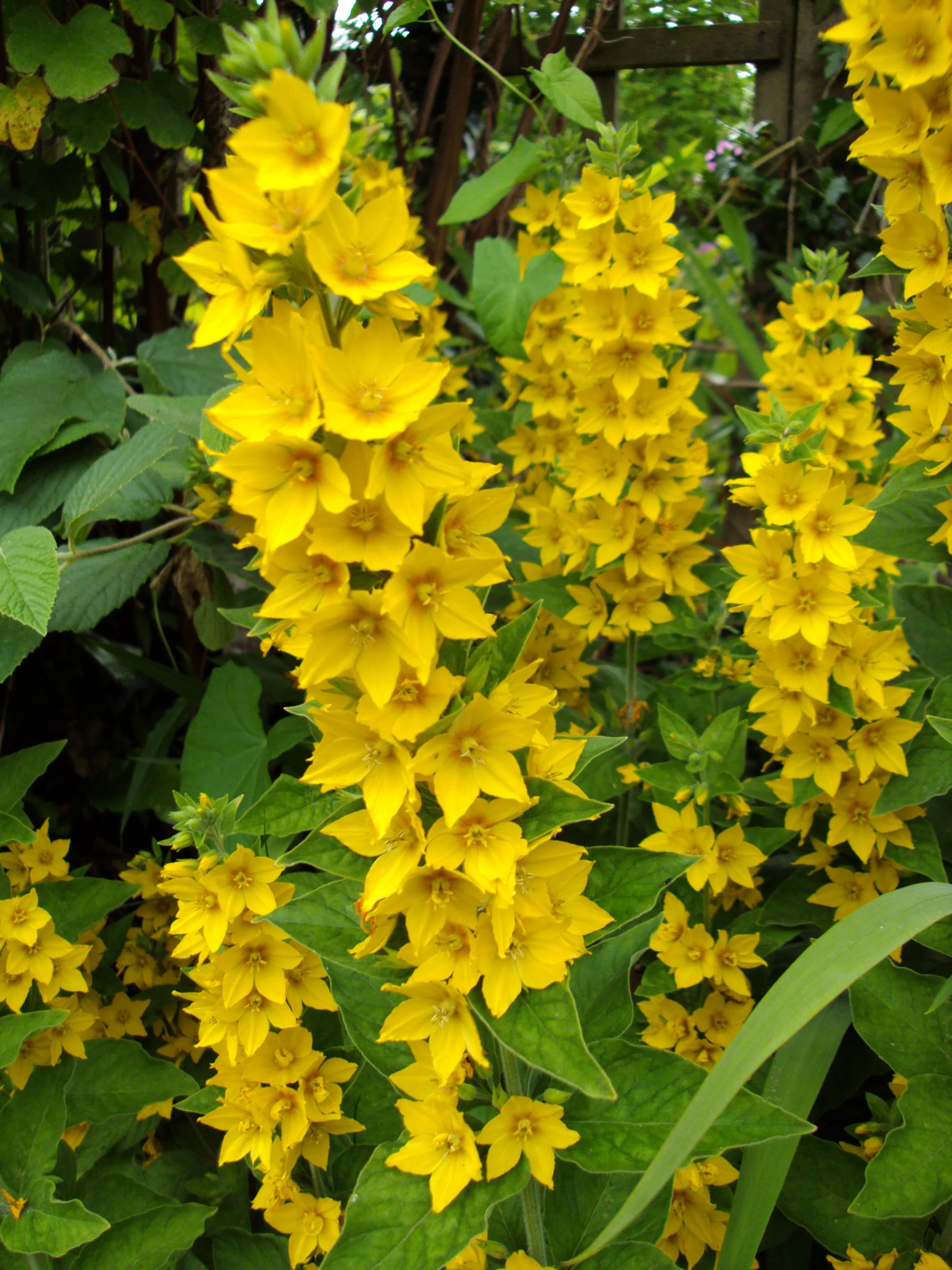Yellow Loosestrife: A Beautiful Addition to Your Garden
If you are looking to add some color to your garden, Yellow Loosestrife (Lysimachia vulgaris) is a beautiful option. This flowering plant is native to Europe and Asia but has been introduced to North America and can be found growing in wetlands and along streams and ponds. In this article, we will discuss the features of Yellow Loosestrife, its growing conditions, and how to care for it.
Features of Yellow Loosestrife
Yellow Loosestrife is a tall, herbaceous perennial that can grow up to 6 feet tall. It has lance-shaped, dark green leaves that are arranged in whorls along the stem. The plant produces clusters of bright yellow flowers that bloom in mid-summer to early fall. Each flower has five petals and a bright yellow center. The plant also produces small, round, green seed pods that turn brown when mature. The plant gets its name from its use in ancient times as a medicinal herb to stop bleeding. The scientific name, Lysimachia vulgaris, comes from the Greek word "lysima," meaning dissolution, and "achia," meaning cure. Today, Yellow Loosestrife is primarily grown for its ornamental value.
Growing Conditions
Yellow Loosestrife is a hardy plant that can grow in a variety of conditions. It prefers moist to wet soil and full sun to partial shade. It can tolerate a range of soil types, from sandy to clay, and can grow in acidic to slightly alkaline soil. The plant is also tolerant of drought and can survive in areas with low rainfall. Yellow Loosestrife is a fast-growing plant that can quickly spread and become invasive in wetland areas. For this reason, it is important to plant it in a contained area or use a barrier to prevent it from spreading.
How to Care for Yellow Loosestrife
Yellow Loosestrife is a low-maintenance plant that requires little care once established. Here are some tips for caring for Yellow Loosestrife:
Watering
Yellow Loosestrife prefers moist to wet soil and requires regular watering, especially during periods of drought. It is important to avoid overwatering, as this can lead to root rot and other diseases.
Fertilizing
Yellow Loosestrife does not require regular fertilizing, as it can obtain the nutrients it needs from the soil. However, if you want to give it a boost, you can apply a slow-release fertilizer in the spring.
Pruning
Yellow Loosestrife does not require regular pruning, but you may want to remove any dead or damaged leaves or stems to keep the plant looking tidy. You can also cut the plant back in the fall to prevent it from becoming too large.
Propagation
Yellow Loosestrife can be propagated by division in the spring or fall. To do this, dig up the plant and separate the roots into smaller sections, making sure each section has at least one stem and some roots. Replant the sections in moist soil.
Benefits of Yellow Loosestrife
Yellow Loosestrife is not only a beautiful addition to your garden, but it also has several benefits. Here are some of the benefits of Yellow Loosestrife:
Attracts Pollinators
Yellow Loosestrife is a great plant for attracting pollinators, such as bees and butterflies, to your garden. The bright yellow flowers are a great source of nectar and pollen for these insects.
Erosion Control
Yellow Loosestrife is a great plant for controlling erosion in wetland areas. Its deep roots help to stabilize the soil and prevent erosion.
Medicinal Uses
While Yellow Loosestrife is primarily grown for its ornamental value today, it still has some medicinal uses. It has been used to treat diarrhea, dysentery, and other digestive issues.
Conclusion
Yellow Loosestrife is a beautiful and low-maintenance plant that can add some color to your garden. It prefers moist to wet soil and full sun to partial shade, and it can tolerate a range of soil types. It is important to plant it in a contained area or use a barrier to prevent it from spreading. Yellow Loosestrife is a great plant for attracting pollinators, controlling erosion, and has some medicinal uses. With proper care, Yellow Loosestrife can be a great addition to your garden for years to come.
Frequently asked questions about Yellow Loosestrife wallpapers
Q: What is Yellow Loosestrife?
A: Yellow Loosestrife (Lysimachia vulgaris) is a herbaceous plant that produces clusters of bright yellow flowers. It is commonly found in wetlands and along streams and rivers.
Q: What are the benefits of using Yellow Loosestrife pictures?
A: Yellow Loosestrife pictures can be used for a variety of purposes, including educational materials, presentations, and personal projects. They can also be used to add color and beauty to websites and social media posts.
Q: How many Yellow Loosestrife pictures are available on the website?
A: There are 34 Yellow Loosestrife pictures available for download on the website.
Q: What file types are available for download?
A: Users can download Yellow Loosestrife pictures in .jpg, .png, and .webp file formats.
Q: What sizes are available for download?
A: Users can choose from a variety of sizes, including different widths and heights. The website also automatically detects the visitor's mobile screen size and chooses the appropriate size for the user.
Q: Are the Yellow Loosestrife pictures free to download?
A: Yes, all Yellow Loosestrife pictures on the website are available for free download.
Q: Can the Yellow Loosestrife pictures be used for commercial purposes?
A: Yes, users are free to use Yellow Loosestrife pictures for commercial purposes without attribution.
Q: Can the Yellow Loosestrife pictures be edited or modified?
A: Yes, users are free to edit or modify Yellow Loosestrife pictures as they see fit.
Q: Do I need to create an account to download Yellow Loosestrife pictures?
A: No, users do not need to create an account to download Yellow Loosestrife pictures.
Q: How do I download Yellow Loosestrife pictures?
A: To download Yellow Loosestrife pictures, simply click on the desired image and select the file format and size you wish to download.


